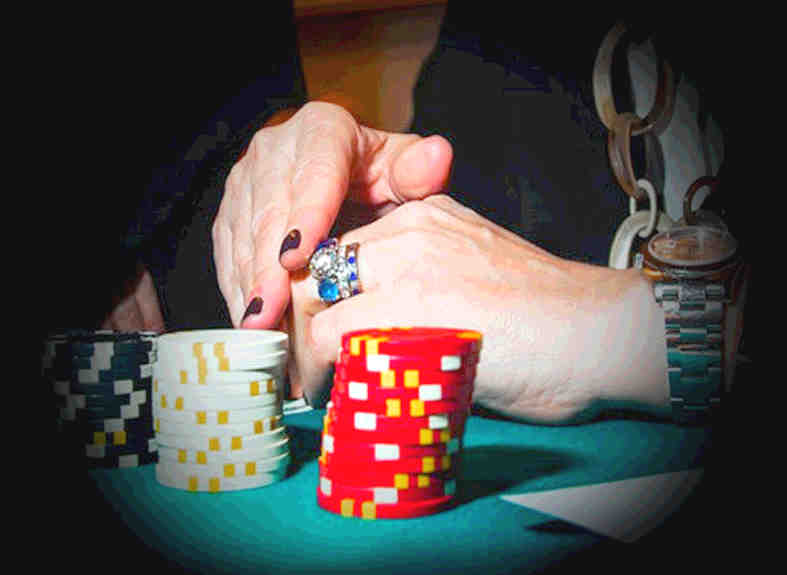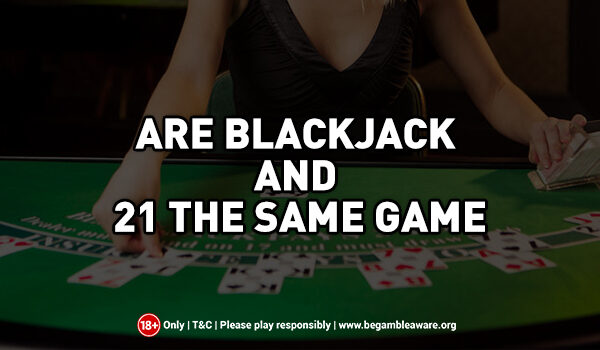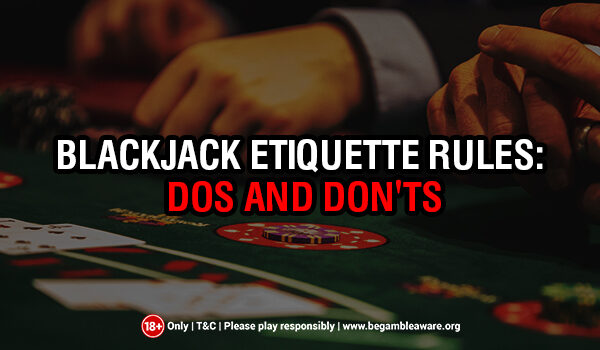The size of the pot
One of the most important parts of playing postflop is knowing how to calculate your risk before you call. Here, it all depends on the size of the pot. It’s important to keep a close eye on it and determine your pot odds:
- If there’s $100 in the pot and your opponent bets $50, your pot odds will be 150/50 or 3/1.
- If you’re $100 in the pot and your opponent bets $10, your pot odds will be 110/10 or 11/1.
Now calculate your equity: multiply your outs on the flop by four if there are two more cards and by two if there is one. Of course, the result won’t give you a hundred percent guarantee, but it will be close enough.
Continued Bets
Today, continuation bets are a very important element of a successful poker game. Sure, it sounds good in theory, but you need to have a good understanding of how things work. For example, continuation bets as a bluff go well on dry boards. Continued bets work well with a tight-aggressive style, but be warned not to bet only on strong hands, or your opponents will figure you out.
Why is it important to know the pot odds?
- To know if it’s a good idea to call a draw-hand. For example, you have Ah-8h, 6h-2h-Jc on the board, and 9 outs to make the flush. A 9×2 gives you an 18% chance of doing that with the next card. The ratio is about 80/20 or 4/1. If the pot odds offer more, you should call. (In this article, we’re not looking at implied odds, which takes into account the final possible pot size.)
- Because then you might force your opponent to misjudge your pot odds and pay too much for a call. Let’s say your opponent has a flush draw, as in the example above. Your bet has to be big enough for your opponent to do the math and end up falling into your trap. If you have $100 in the pot and you bet $50, the odds of the pot will be 3/1, which is less than the 4/1 he needs for a proper call.
- To decide whether to call with a hand you’re not completely sure of. If you’re playing a marginal hand, evaluate your pot odds to make a decision. Let’s say you have an average pair and the pot odds are 10/1. That means you can only win once out of 11 to get a break-even.
Turn
Playing the turn can be tricky: you have one more card in front of you, and a round of betting is approaching. The stakes go up. If you see that your opponent is in trouble, you need to act immediately. He made a continuation bet on the flop, but decided to check on the turn. Call the bet.
If you have a marginal hand, you have to proceed cautiously. A top pair on the flop and a decent kicker will give you a nice setup, but if you think your opponent is going to be aggressive on the turn, it’s better to check and try to keep the pot. Learn more about Ricky Casino bonuses and claim now!
If you have a monster hand, though, try to plan your game so that you’re playing the stacks on the river. Evaluate the stacks at the table and bet in a way that maximizes your own value.
River
So all the cards are out, and now you know where you stand. Do you have the strongest hand? Raise your bet for a good hand and don’t back down, even if it looks like your opponent has good cards, too.
Do you have the worst hand, but your opponent is acting unsure? Call a bet and try to force him to fold. Just remember that a mistake can be costly, so proceed with caution.
If you have a marginal hand, make a check and expect a similar move from your opponent next. If he’s busting and you need to decide whether to play, look to the pot odds for help. What if your opponent raises? If you have nothing, or even at least a draw, fold.
If you have a draw, count your pot odds.
If you have a strong hand, you can either call or rake. If you think your opponent is strong, try to raise the pot as much as possible now. If you don’t think he has a very strong hand, you can call so you don’t scare your opponent off and get your own hand to play on the other streets.
Why do you need continuation bets?
To keep the momentum going. If you’re busting in the preflop, there’s nowhere to turn back. You have to keep going. You can take the sweat here and now, even with an average hand. Let’s say you were raking in the preflop with A-K and you got a call from a player in the blind. On the flop, J-6-2 comes out and your opponent checks. You bet half the pot, forcing your opponent to fold. This way, you manage to protect your hand and not show uncertainty after the flop. You can force a better hand to pass. In the same situation as above, your opponent might have a low pair that beats your hand on showdown.




